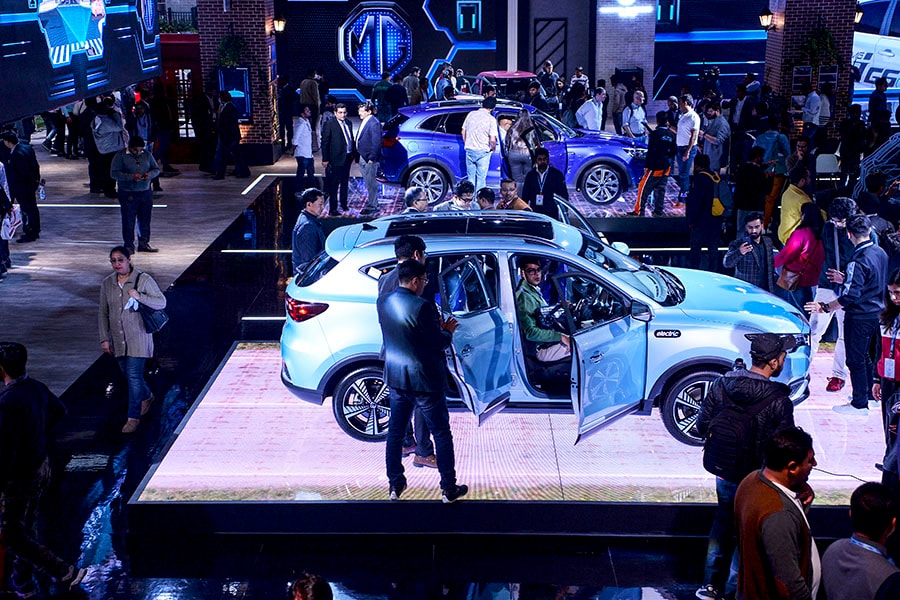
Electric vehicles: Only commitment, and no real deal
The FM promised to support the EV ecosystem without much details on how the government intended to do it
 A file photo of an MG Motor pure-electric car launch. Image: Sajjad HUSSAIN / AFP
A file photo of an MG Motor pure-electric car launch. Image: Sajjad HUSSAIN / AFP
On paper, there perhaps wasn’t much to show, except a sense of firm commitment from the Indian government.
Presenting her last budget before India goes into polls this year, Finance Minister Nirmala Sitharaman said the Narendra Modi government will continue to help the EV ecosystem by supporting manufacturing and charging infrastructure, without giving details on how it intended to do that.
"Our government will expand and strengthen the e-vehicle ecosystem by supporting manufacturing and charging infrastructure,” she said. “Greater adoption of e-buses for public transport networks will be encouraged through payment security mechanism.”
Surprisingly, amidst all the anticipation, the budget did not include an extension of the Faster Adoption and Manufacturing of Hybrid and Electric Vehicles (FAME) scheme. FAME India, launched in 2015, which has been operational for eight years and is in its second phase now, has a total budgetary support of Rs 10,000 crore and has been crucial to pushing electric vehicle adoption in India.
Under the scheme, incentives are provided to buyers of EVs through an upfront reduction in the purchase price and mainly focuses on supporting the electrification of public and shared transportation. The scheme covers 7,090 buses, 5 lakh e-3 wheelers, 55,000 e-4 wheeler passenger cars, and 10 lakh e-2 wheelers in addition to creating charging infrastructure.








